Learning
Sharing what we're learning
How Thoughtful Design Fosters Real Connection
In a world that feels increasingly disconnected, we often hear people talk about wanting a stronger sense of community. We see it in the headlines and feel it in our own lives—a deep-seated human need to belong, to connect, and to share our lives with others. But how do
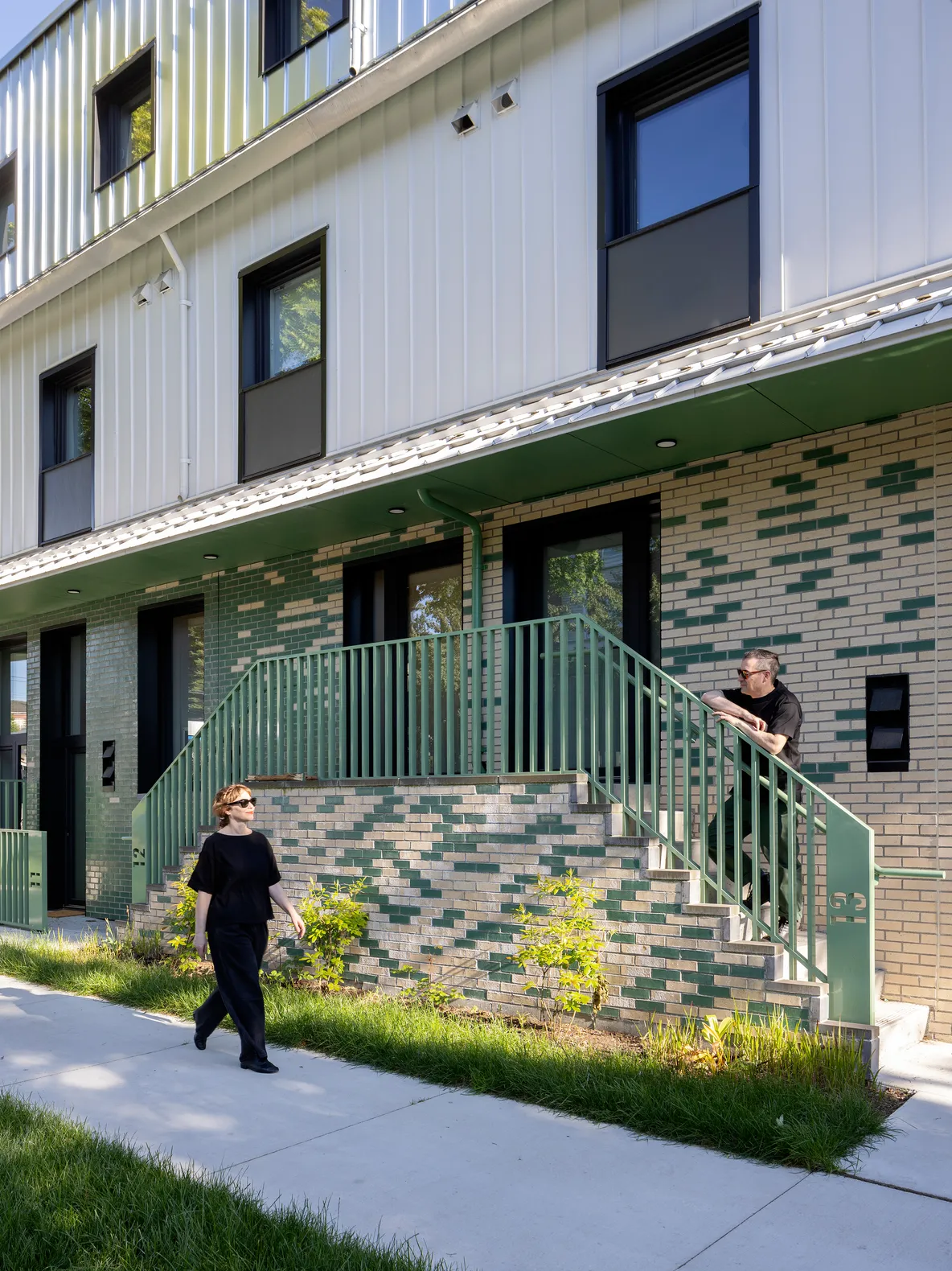
Achieving Balance Between Privacy and Connectedness
As Metro Vancouver embraces denser housing, a fundamental question arises for designers: how to balance privacy and community when multiple families share a single lot. Our team is meticulous about our design choices that go beyond simply maximizing square footage. It’s a philosophy of balancing every detail that impacts
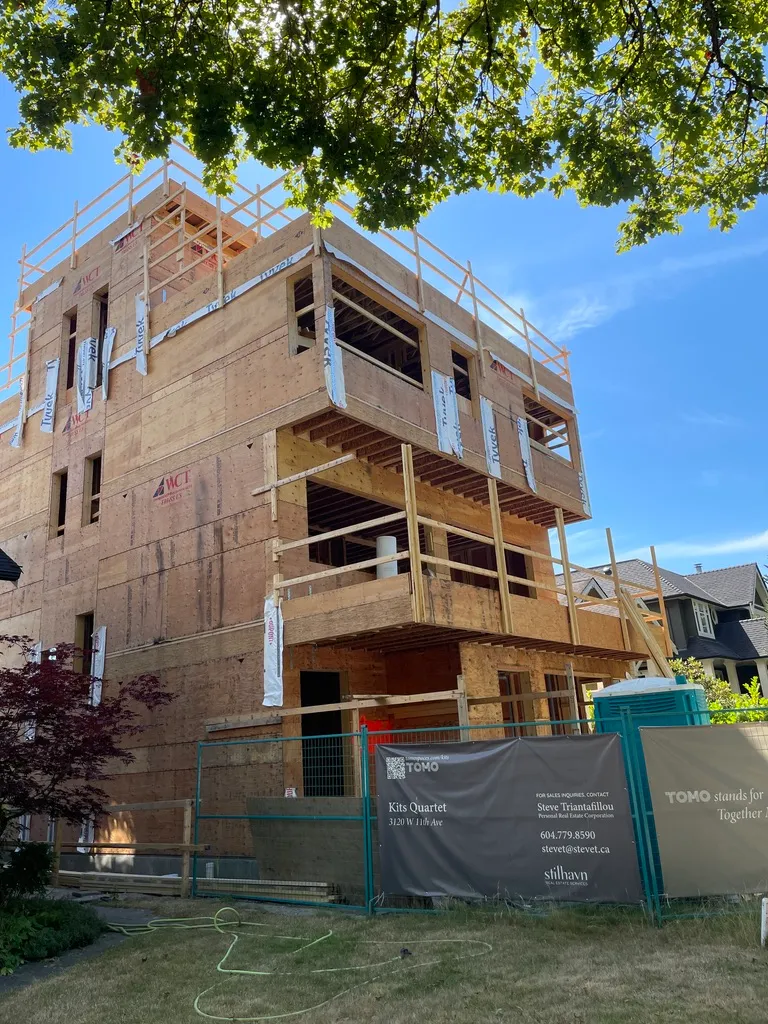
A Home for a Lifetime: The Principles of Aging in Place
My grandfather, who is getting on in years, has been in and out of the hospital recently. With his mobility issues, his home, a classic “Vancouver Special,” has become a daily challenge. The second-floor living space, once a point of pride, is now a significant physical barrier. It’s a
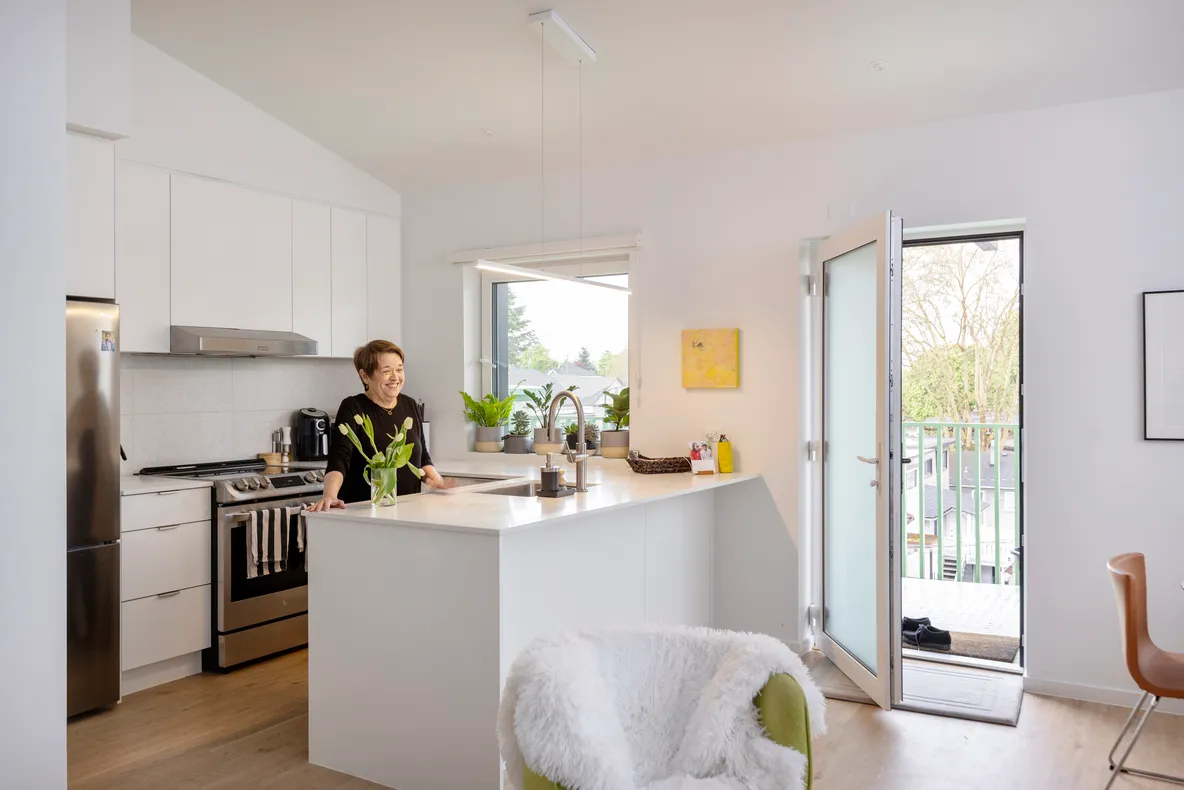
Building for Today and Tomorrow: The Tomo Spaces Approach
At Tomo Spaces, we build homes designed for the future. Our work is founded on a simple, powerful idea: TOMO = “Together More", a philosophy that drives our commitment to creating communities and fostering connection. Today we specialize in designing and constructing high-quality, innovative homes that adapt to the evolving
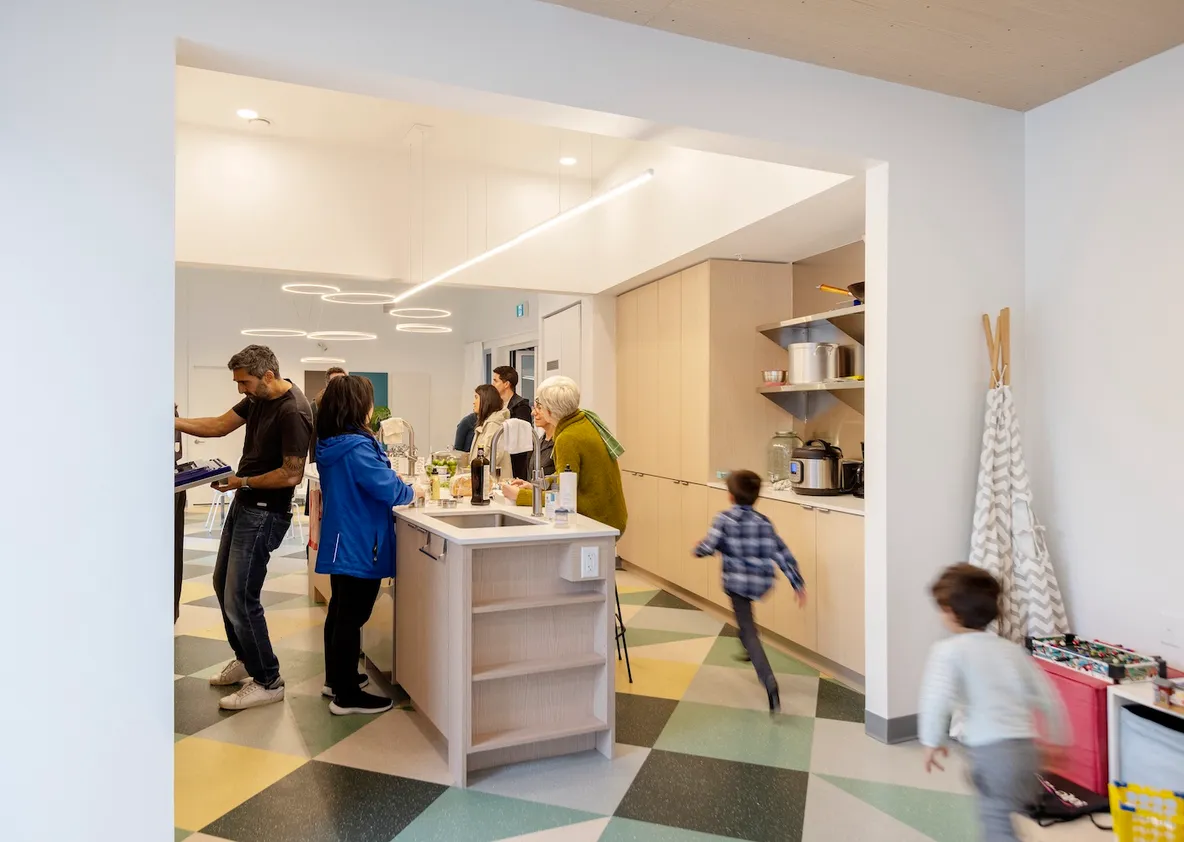
Role of Food in the Revitalization of River Market
If there are models for arts-led revitalization, what is the model for food-led revitalization?
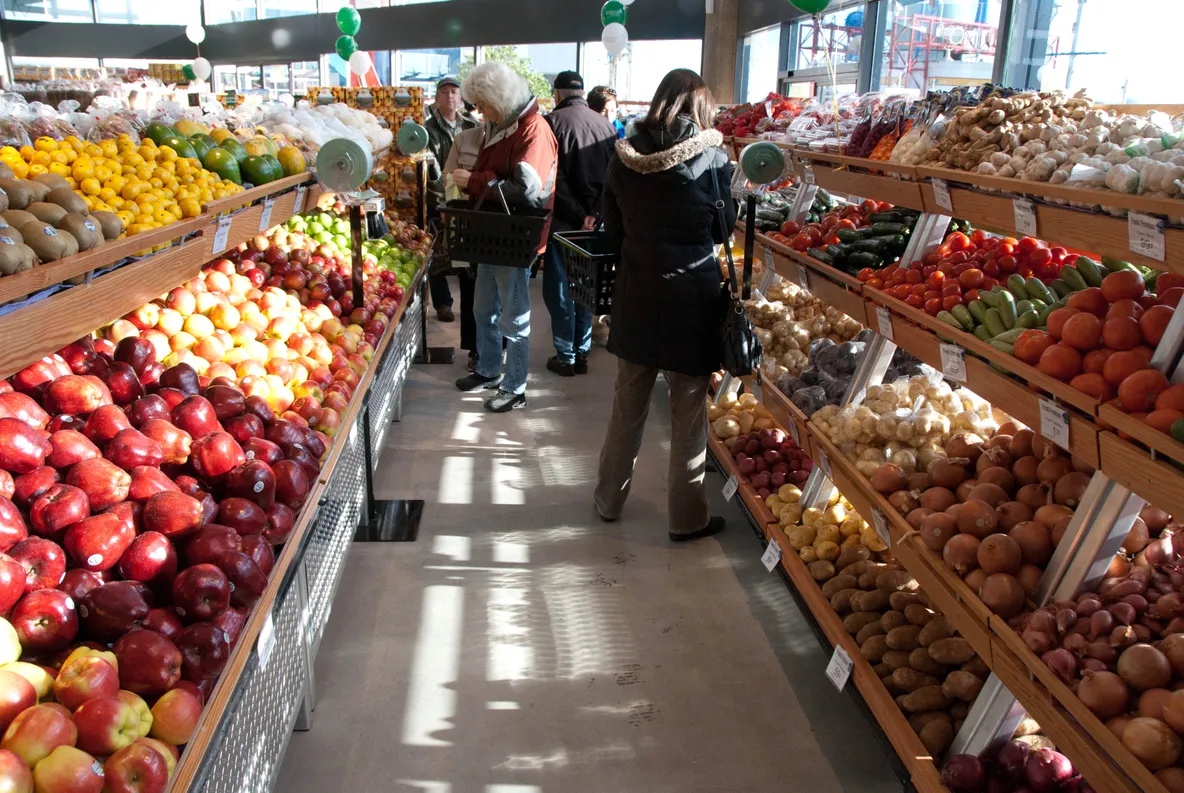
Living heritage
What is a living heritage approach? And, how does a development project adopt a living heritage approach? Our living heritage approach honours the ever-evolving nature of a place and its people by allowing past uses to inform future design. What is a living heritage approach? Living heritage, or the living
OUV is about people
Designing for Sociability Happy City has gathered evidence on the relationship between design and social connections in multi-family housing. Building on this work, Tomo applies the following design guidelines for sociability: 1. Keep social group size smaller. Clusters of housing featuring 8 to 15 units in walkable, transit-served neighbourhoods are
